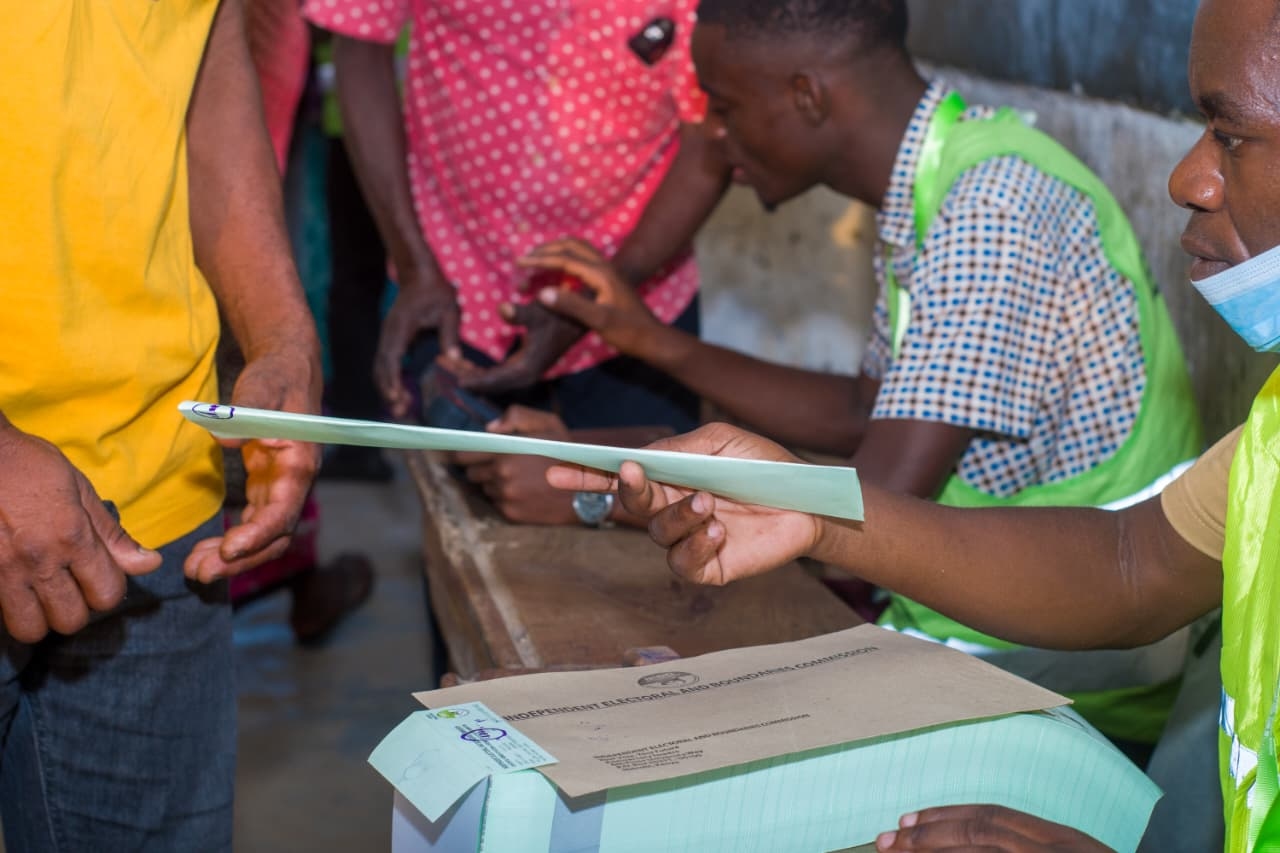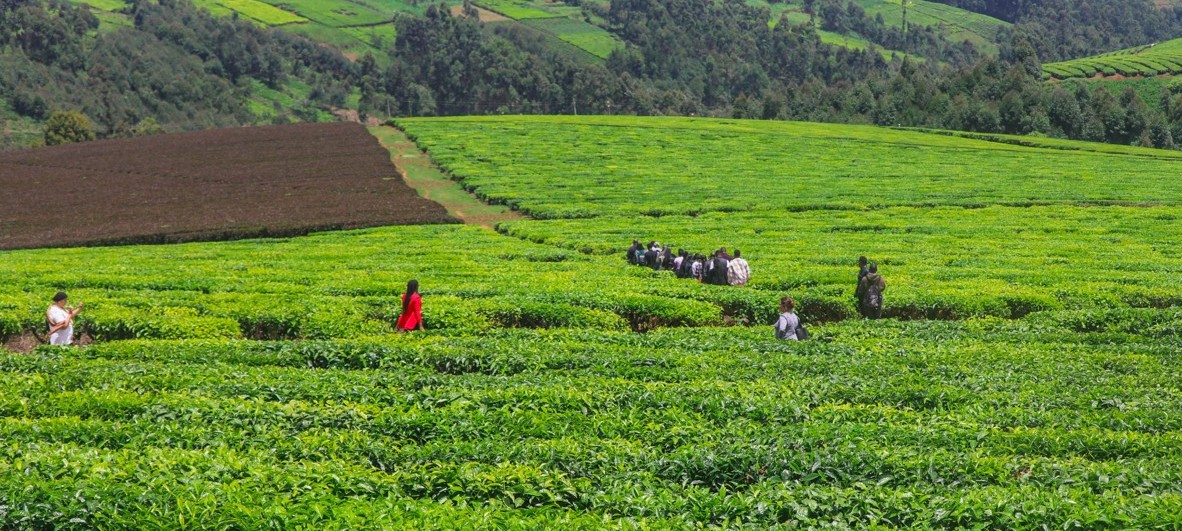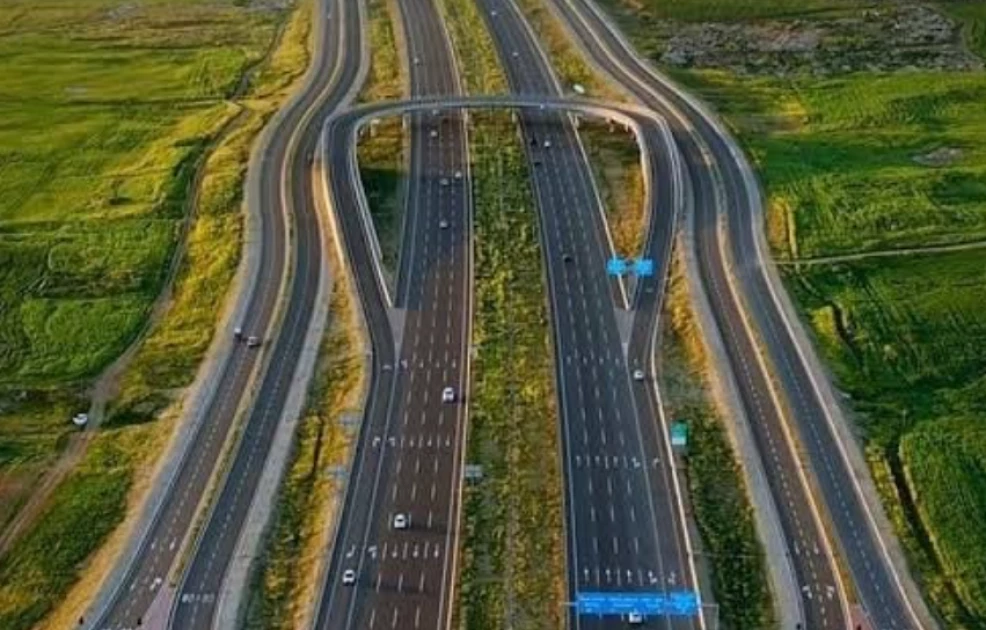KRA surpasses Sh2 trillion in revenue collection as growth hits 6.1 per cent

Domestic taxes made up a large part of this total, with Sh1.386 trillion collected from July 2024 to April 2025, marking a 4.7 per cent growth.
Revenue collection in Kenya has hit Sh2.112 trillion as of April 30, 2025, marking a 6.1 per cent increase compared to the same time last year.
According to the Kenya Revenue Authority (KRA), domestic taxes made up a large part of this total, with Sh1.386 trillion collected from July 2024 to April 2025, marking a 4.7 per cent growth from the Sh1.323 trillion collected in the same period last year.
More To Read
- KRA sets December 31 deadline for fuel stations to adopt eTIMS invoicing system
- Rising charges for permits, passports push non-tax revenue to record levels
- Businesses granted 30-day relief on long-stay container charges at Mombasa port
- KRA announces major overhaul of tax filing and payment system starting January 2026
- KRA’s official X account hacked, public warned against fraudulent posts
- High Court rules in favour of KRA in Sh1.1 billion tax dispute, orders fresh tribunal hearing
The overall performance represents 96.5 per cent of the targeted Sh2.189 trillion, signalling continued improvement despite challenging economic conditions.
During the same period in the 2023/2024 financial year, total revenue stood at Sh1.990 trillion.
The Authority says customs revenue collection recorded a 9.1 per cent growth, with a total of Sh722.743 billion collected between July and April. This is an improvement from Sh662.447 billion in the corresponding period last year.
Additionally, agency revenue—funds collected on behalf of other government agencies, amounted to Sh205.518 billion. This surpassed the target of Sh183.789 billion, reflecting a performance rate of 111.8 per cent and a significant 37.1 per cent increase from the Sh149.876 billion collected in the previous financial year.
Exchequer revenue, collected on behalf of the National Treasury, amounted to Sh1.906 trillion. This reflects a 95 per cent performance against the target of Sh2.006 trillion and a 3.6 per cent growth from Sh1.840 trillion recorded over the same period in the last financial year.
Macroeconomic factors
KRA noted that revenue performance was influenced by several macroeconomic factors. Notably, the country’s GDP growth slowed to 4.0 per cent in the third quarter of 2024, compared to 6.0 per cent in the same quarter of 2023. The Purchasing Managers Index (PMI) also averaged 49.8 between July 2024 and April 2025, pointing to subdued private sector activity.
The Authority indicated that the weaker demand was further reflected in a 1.6 per cent decline in import values, a critical indicator of domestic demand for consumer goods and raw materials.
While the Central Bank of Kenya lowered its base lending rate to 10.75 per cent, commercial banks were slow to follow suit, with lending rates averaging 17.22 per cent. According to KRA, this disparity hurts private sector borrowing and investment, though many banks are now adjusting their rates to align with the central bank.
Despite a stronger shilling, the value of imports continued to fall, particularly oil imports, which dropped by 10.2 per cent. Export earnings also declined by 3.6 per cent, largely due to a sharp fall in tea exports (–18.6 per cent) and horticulture (–6.2 per cent).
The authority said the negative effects of these indicators are beginning to ease, with signs of recovery in recent months.
One notable factor that reduced effective revenue collection was the use of tax adjustment vouchers. A recent policy shift allowed taxpayers to offset current tax liabilities using refunds and overpayment adjustment vouchers from previous periods. As a result, Sh53.8 billion was offset through these vouchers, lowering KRA’s cash collections.
Further, the reclassification of the Social Health Insurance Fund (SHIF) and the Housing Levy from tax reliefs to allowable deductions before tax computation has also reduced the Pay-As-You-Earn (PAYE) tax base.
Compliance and digital initiatives
Despite the headwinds, KRA attributed its revenue growth to several compliance and digital initiatives.
It noted that the establishment of a Centralised Release Office has significantly improved cargo clearance processes, with a marked impact on Customs revenue. According to KRA, revenue growth from Customs rose from an average of 7.0 per cent by January 2025 to 22.6 per cent in March and 14.4 per cent in April. This also led to a rise in average daily non-oil revenue, from Sh2.087 billion between July and February to Sh2.309 billion in March and April 2025.
To boost rental tax compliance, the Authority launched the Electronic Rental Income Tax System (eRITS), a digital platform that helps landlords compute, file, and pay Monthly Rental Income (MRI) tax. The system also offers tools for property registration and tenancy management.
KRA also reported strong uptake of the ongoing Tax Amnesty Programme, which collected Sh13.5 billion between December 2024 and April 2025. The programme encourages voluntary tax compliance by waiving penalties and interest for taxpayers who settle their principal tax obligations. So far, over three million taxpayers have benefited, with a total of Sh164.9 billion in penalties and interest waived.
The Electronic Tax Invoice Management System (eTIMS) has further strengthened VAT compliance by digitising invoicing and enabling real-time tracking of transactions. This, KRA said, has led to improved detection and prosecution of VAT fraud schemes.
KRA also highlighted the role of its improved dispute resolution framework in speeding up the settlement of tax-related cases. Between January and March 2025, Sh21.9 billion in disputed tax was recovered for collection.
The Authority said it is now targeting a total revenue of Sh2.668 trillion by the end of the 2024/2025 financial year.
“We are committed to continuing the upward trajectory of our collections, enabling the government to maintain the country’s economic stability,” KRA Commissioner General James Kariuki said.
Top Stories Today
















































